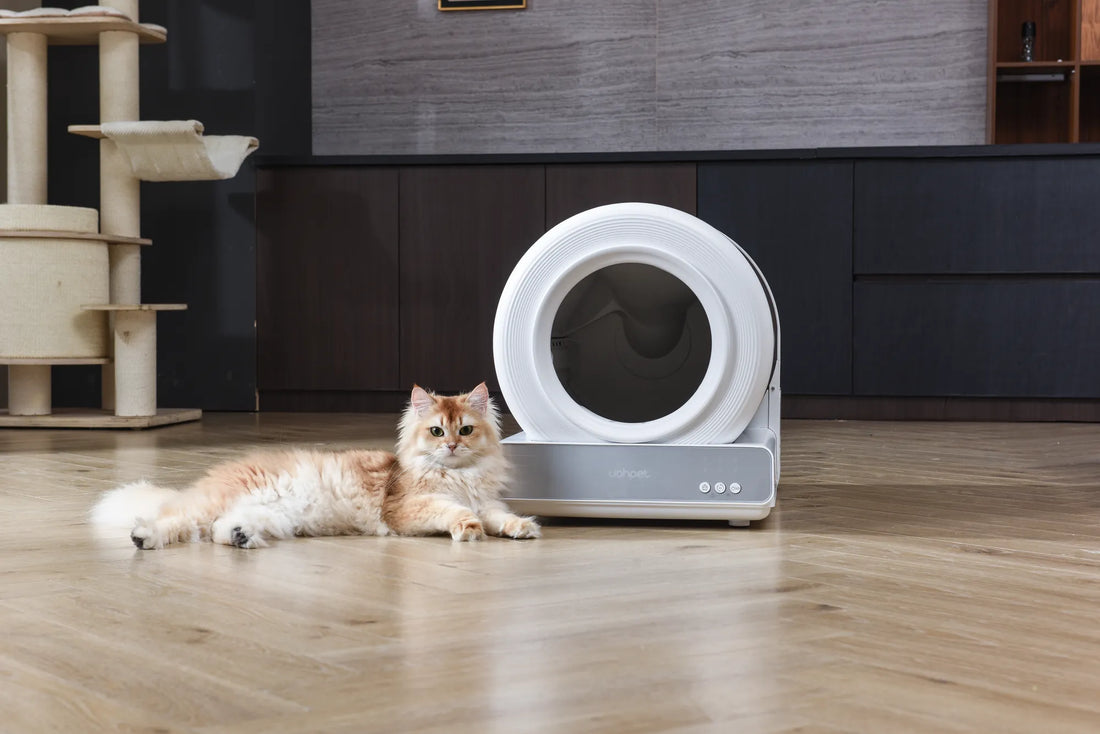Sharing a litter box among multiple cats is a topic that often sparks debate among pet owners. While it may seem convenient to have one box for all your feline friends, it’s essential to understand the implications of this decision. Cats are naturally territorial creatures, and their litter box habits can significantly impact their well-being and the harmony of your household. In this article, we’ll explore whether cats can share a litter box, the potential challenges, and how to create a comfortable environment for your pets.
Understanding Cat Behavior and Litter Box Preferences
Cats are known for their independent and territorial nature. In the wild, they mark their territory to establish dominance and avoid conflicts. This instinct carries over into their domestic lives, where they may view their litter box as a personal space. Forcing multiple cats to share a single litter box can lead to stress, anxiety, and even behavioral issues. Cats may avoid using a shared box, leading to accidents around the house or health problems like urinary tract infections.
The General Rule: One Box Per Cat Plus One
Experts often recommend the "one box per cat plus one" rule. This means if you have two cats, you should provide three litter boxes. This approach ensures that each cat has access to a clean and private space, reducing the likelihood of territorial disputes. It also helps maintain hygiene, as cats are more likely to use a clean box. While this may require more effort on your part, it’s a small price to pay for your pets’ health and happiness.
Signs Your Cats Are Struggling with a Shared Litter Box
If your cats are sharing a litter box, it’s crucial to monitor their behavior for signs of distress. Common indicators include avoiding the box, urinating or defecating outside the box, excessive grooming, or aggressive behavior toward other cats. These signs suggest that your cats are uncomfortable with the current arrangement and may need additional boxes or a different setup. Addressing these issues promptly can prevent long-term problems and ensure a peaceful coexistence.
Tips for Managing Multiple Litter Boxes
Managing multiple litter boxes doesn’t have to be overwhelming. Start by placing the boxes in different locations throughout your home, ensuring they are easily accessible but not too close to food or water bowls. Choose quiet, low-traffic areas where your cats can feel safe and undisturbed. Regularly clean and maintain the boxes to encourage consistent use. If space is a concern, consider using covered or high-sided boxes to contain litter and odors.
Special Considerations for Multi-Cat Households
In multi-cat households, it’s essential to consider the dynamics between your pets. Some cats may be more dominant, while others are more submissive. Dominant cats may guard the litter box, preventing others from using it. In such cases, providing multiple boxes in separate areas can help alleviate tension. Additionally, older cats or those with mobility issues may benefit from boxes with lower sides for easier access. Tailoring your approach to your cats’ individual needs can make a significant difference.
Health Risks of Sharing a Litter Box
Sharing a litter box can pose health risks for your cats. Cats are susceptible to parasites and infections that can be transmitted through feces or urine. If one cat is sick, sharing a box increases the risk of spreading the illness to others. Regular veterinary check-ups and proper hygiene practices can mitigate these risks, but providing separate boxes is the best way to protect your pets’ health.
Creating a Harmonious Environment for Your Cats
Ultimately, the goal is to create a harmonious environment where all your cats feel comfortable and secure. While it’s possible for some cats to share a litter box without issues, it’s generally safer and more practical to provide multiple boxes. By understanding your cats’ behavior and needs, you can make informed decisions that promote their well-being and strengthen your bond with them.
Ready to create the perfect litter box setup for your cats? Start by assessing their individual needs and preferences. With a little effort and attention to detail, you can ensure a happy and healthy home for your feline companions.













